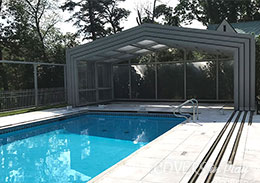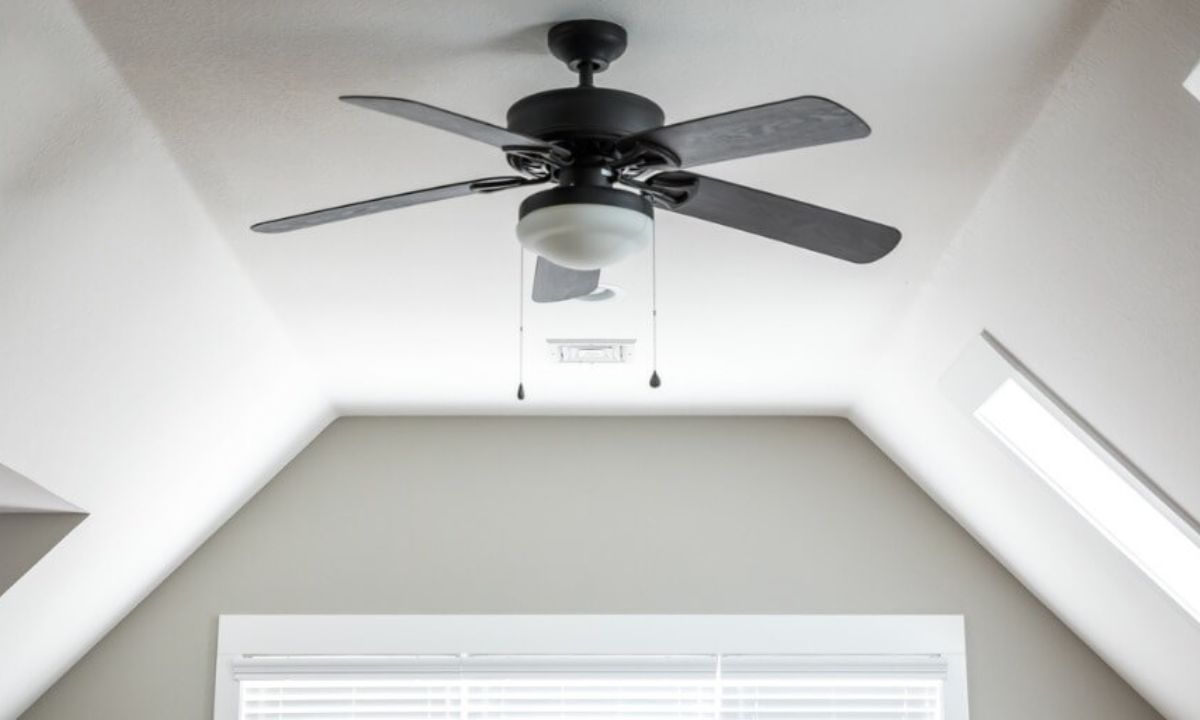Keep Your Home Safe with Proper Basement Waterproofing
Basement waterproofing is one of the most important investments homeowners can make to protect their property. Water damage can lead to structural issues, mold growth, and expensive repairs. Ensuring your basement is waterproofed can help you avoid these problems and keep your home safe. In this guide, we will walk you through the critical steps for effective basement waterproofing, explaining why it’s essential and how to get the best results.
If you’re in Toronto or anywhere with frequent rain or high humidity, waterproofing is an absolute must to preserve the value and safety of your home.
What is Basement Waterproofing?
Basement waterproofing refers to the process of preventing water from entering your basement or crawlspace. It includes applying a sealant to the interior and exterior of your basement walls, installing drainage systems, and managing groundwater effectively.
In Toronto, basement waterproofing is essential due to the city’s humid climate and frequent rainfall. Water infiltration can lead to foundation damage, which is costly to repair. Moreover, Toronto homes often have basements used as living spaces or storage areas, making waterproofing even more critical.
Why Should You Waterproof Your Basement?
Waterproofing your basement offers several long-term benefits:
Prevent structural damage: Water damage can compromise your home’s foundation, leading to costly repairs and even unsafe living conditions.
Avoid mold and mildew growth: Excess moisture creates the perfect environment for mold and mildew, which can harm indoor air quality and lead to health issues like allergies and respiratory problems.
Increase property value: A dry, waterproofed basement is an attractive feature to potential buyers, increasing the overall value of your home. In Toronto’s competitive real estate market, a home with a properly waterproofed basement stands out.
Create usable space: Waterproofing turns your basement into a functional, usable space, perfect for a home gym, office, or extra bedroom.
Key Steps to Successful Basement Waterproofing
There are various methods to waterproof your basement, and each has its advantages depending on the specific issues you are facing. Here’s a comprehensive guide on the steps you should follow:
Step 1: Identify the Source of Water
Before beginning any waterproofing project, identify the source of the water. Is it groundwater seeping through the foundation walls, or is it rainwater entering through cracks? You can’t fix the problem until you know the cause.
Step 2: Interior vs. Exterior Waterproofing
There are two primary methods for waterproofing a basement: interior and exterior.
Interior waterproofing: This involves sealing the walls from the inside to prevent water from entering. It also typically includes the installation of a sump pump and drainage system to manage any water that makes it inside.
Exterior waterproofing: This involves digging around the outside of your foundation and applying waterproof materials directly to the foundation walls. This is the most effective but also the most expensive method.
Benefits of Interior Basement Waterproofing
Interior waterproofing is a more affordable option and can be completed with minimal disruption to your home. It is ideal for addressing minor water seepage and involves applying waterproof sealants to walls and floors, installing a sump pump, and using interior drainage systems to divert water away from your basement.
Popular Interior Waterproofing Methods:
Waterproof coatings: These are applied to the interior walls and floors to prevent moisture from seeping in.
Interior drainage systems: French drains or weeping tiles can be installed inside the basement to collect and redirect water.
-Sump pumps: These are used to pump water out of the basement once it enters.
Exterior Basement Waterproofing: The Most Reliable Solution
Exterior waterproofing is the most comprehensive solution, especially if your basement is prone to flooding or heavy water intrusion. It involves excavating the soil around the foundation, applying a waterproof membrane, and installing an external drainage system.
Benefits of Exterior Waterproofing:
Long-lasting: Once completed, exterior waterproofing can last for decades without requiring further maintenance.
Protects the foundation: Exterior methods shield the foundation from hydrostatic pressure and prevent water from ever reaching the interior walls.
Prevents mold and mildew: By stopping water from entering the basement, you eliminate the risk of mold and mildew growth.
Basement Waterproofing Systems: A Comprehensive Approach
To achieve a truly waterproof basement, a combination of systems is often the best approach. Here are a few methods you should consider:
French Drain System
A French drain is an interior or exterior drainage system that collects water and directs it away from your foundation. It works in combination with sump pumps to effectively manage water flow and prevent flooding.
Sump Pump Installation
A sump pump is installed in the lowest part of your basement, collecting water and pumping it away from your home. Sump pumps are crucial for keeping your basement dry, especially in flood-prone areas.
Waterproof Membranes
Waterproof membranes are applied to the exterior of the foundation during excavation. These membranes create a barrier that prevents water from penetrating the walls of your basement.
Common Basement Waterproofing Mistakes to Avoid
Homeowners sometimes make mistakes when attempting to waterproof their basements, leading to more problems down the line. Here are a few common errors:
Ignoring exterior waterproofing: While interior waterproofing can handle minor issues, serious water damage often requires exterior methods. Skimping on exterior waterproofing can lead to bigger problems later.
Using the wrong materials: Cheap or incorrect materials can cause more harm than good. Always use high-quality waterproofing products designed specifically for basement use.
Not addressing foundation cracks: If your foundation has cracks, they need to be repaired before waterproofing can be effective.
Why Waterproofing Your Basement in Toronto is Essential
Toronto’s climate, with its cold winters and heavy spring rains, makes basement waterproofing a necessity. The city’s older homes are especially prone to water damage due to outdated drainage systems and aging foundations.
Moreover, many homeowners in Toronto use their basements as extended living spaces or rental units. Without proper waterproofing, these spaces can quickly become unusable due to mold, mildew, or even structural damage.
How Long Does Basement Waterproofing Last?
The lifespan of your basement waterproofing depends on the methods used and the quality of the materials. Interior waterproofing systems, such as sump pumps, may need to be replaced every 10-15 years, whereas exterior waterproofing can last 25 years or more.
Working with a reputable contractor is essential to ensure your basement waterproofing stands the test of time.
FAQs About Basement Waterproofing
How much does basement waterproofing cost in Toronto?
The cost of basement waterproofing depends on the method you choose. Interior waterproofing can cost anywhere from $3,000 to $10,000, while exterior waterproofing typically starts at $10,000 and can go up depending on the extent of the work.
Is interior waterproofing enough to keep my basement dry?
Interior waterproofing can be effective for minor water issues, but for homes with significant water intrusion or foundation cracks, exterior waterproofing is often necessary.
Can I waterproof my basement myself?
While there are DIY waterproofing products available, it’s best to hire a professional for significant waterproofing work. A licensed contractor can ensure that your waterproofing system is installed correctly and meets local building codes.
How can I prevent future water damage?
Regular maintenance of your drainage system and sump pump, as well as repairing any new cracks in your foundation, will help prevent future water damage.
Conclusion: Protect Your Home with Expert Basement Waterproofing
Basement waterproofing is essential for safeguarding your home against water damage, mold, and structural issues. By following these steps and working with a professional contractor, you can ensure your basement stays dry and functional for years to come.
Whether you opt for interior or exterior waterproofing, investing in your basement will increase your home’s value and provide peace of mind. If you’re in Toronto, don’t wait for water damage to occur—proactively waterproof your basement and enjoy a safer, more comfortable home.











